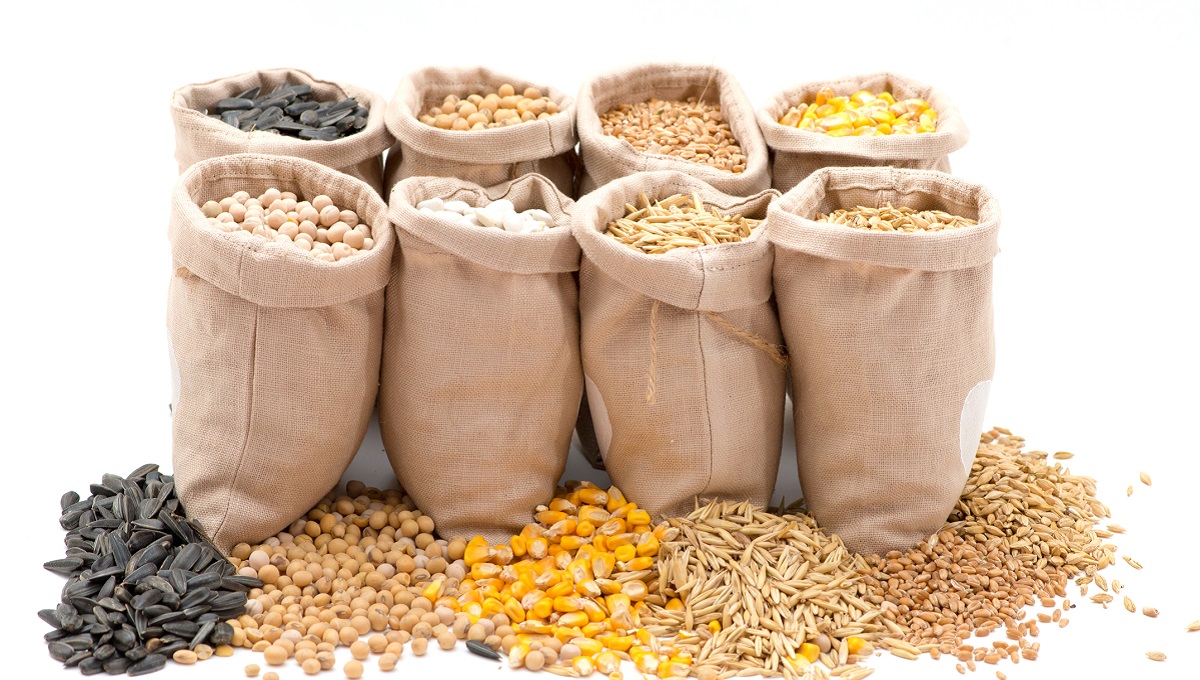Cereals and grains have topped a food safety risk ranking assessment by FAO and WHO.
Based on a request from the Codex Committee on Food Hygiene (CCFH), the Food and Agriculture Organization of the United Nations (FAO) and World Health Organization (WHO) ranked the foods of greatest concern from a microbiological food safety perspective.
Low-moisture foods (LMF) were defined as having a water activity (aw) of 0.85 or below. They typically have a long shelf life and have been perceived for many years to not represent a microbial food safety risk. However, in recent years, a number of outbreaks linked to LMF has illustrated that despite the fact that microorganisms cannot grow in these products, bacteria can persist for long periods of time.
Hazards and categories assessed
Even very low numbers of a microorganism in these products can result in illness, such as Salmonella in chocolate, or subsequent temperature abuse of a previously low-moisture commodity may allow the organism to proliferate and cause illness, like Bacillus cereus in rice.
Seven categories of LMF included in the ranking process were cereals and grains; confections and snacks; dried fruits and vegetables; dried protein products; nuts and nut products; seeds for consumption; and spices and dried aromatic herbs, including teas.
Each category was evaluated against burden of illness, production, consumption and international trade. Data collection was done in 2014 and analyzed until 2016.
The review covered nine microbial hazards: Bacillus cereus, Clostridium botulinum, Clostridium perfringens, Cronobacter, E. coli (including generic and pathogenic strains), Salmonella, Staphylococcus aureus, Listeria monocytogenes and Enterobacteriaceae.
Salmonella was the most frequent microbial hazard implicated in outbreaks. Bacillus cereus outbreaks were mainly related to smaller incidents from rice and other cereal products. Staphylococcus aureus caused some very large outbreaks due to contaminated powdered milk.
Risk ranking results
Cereals and grains scored highly across all the criteria. This is not surprising given the importance of the commodities and products in this category as staples in the global food supply, said the report.
Dried protein products, which were ranked second, stood out because of a couple of very large outbreaks associated with dried dairy products.
Spices, dried herbs and teas ranked third overall. Despite them being consumed in small amounts, there is ample opportunity for contamination during the production and processing stages. There have been several large outbreaks of salmonellosis associated with this category.
Nuts and nut products were ranked fourth, followed by confections and snacks; dried fruits and vegetables; and seeds for human consumption.
For cereals and grains, the most common interventions were dry heat treatments, chemical treatments and irradiation.
Experts said it was important to prevent LMF contamination during harvest, post-harvest and processing through good agricultural and manufacturing practices and hazard analysis critical control point (HACCP) food safety management systems. This is because many LMF products are eaten without a consumer-level kill step.
Spices and dried herbs
Another report covered a risk assessment on microbiological hazards in spices and dried herbs.
Salmonella and the spore-forming organisms Bacillus cereus and Clostridium perfringens were considered foodborne pathogens of particular concern. It covered chili and red pepper, cinnamon, turmeric, cumin, black pepper, oregano, nutmeg, rosemary, saffron, and basil.
A risk ranking exercise saw rosemary come to the top for Clostridium perfringens and chili for Bacillus cereus and Salmonella. However, given the global nature of the industry, and the diverse ways in which they are produced, processed and used, it is difficult to characterize the risk associated with an individual spice or dried herb.
The FAO/WHO Joint Expert Meeting on Microbiological Risk Assessment (JEMRA) considered evidence on the burden of illness, prevalence and concentration of selected microbial hazards in various spices and dried aromatic herbs, and interventions aimed at controlling them.
Safety of spices and dried aromatic herbs depends on maintaining good hygienic practices along the food chain from farm to table, during primary production, processing, packing, retail and at the point of consumption. There have been several outbreaks associated with spice and seasonings, with most being caused by Salmonella.
Risk may be reduced when microbial reduction steps are applied. However, the success of such treatments in eliminating and reducing contamination depends on efficacy and production and processing practices.
(To sign up for a free subscription to Food Safety News, click here.)

